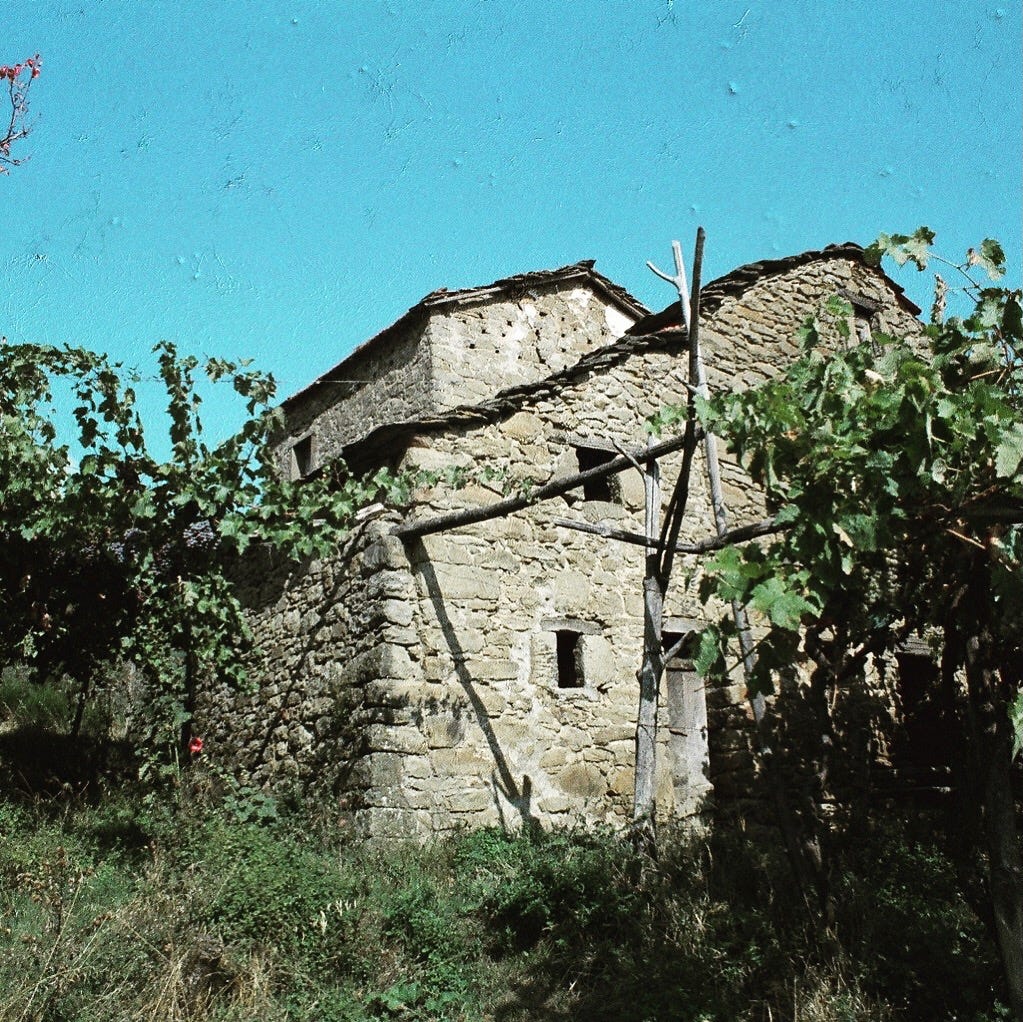A little over a half-century ago, I bought a house in Italy. A stone-walled cottage in an extreme state of disrepair, it sat on a hilltop in the middle of the low mountains, called the montagna cortonese, a spur of the Appenines that rises above the Val di Chiana to form a boundary between Tuscany and Umbria. This house, which we called with cavalier di…
Keep reading with a 7-day free trial
Subscribe to On the Kitchen Porch to keep reading this post and get 7 days of free access to the full post archives.




